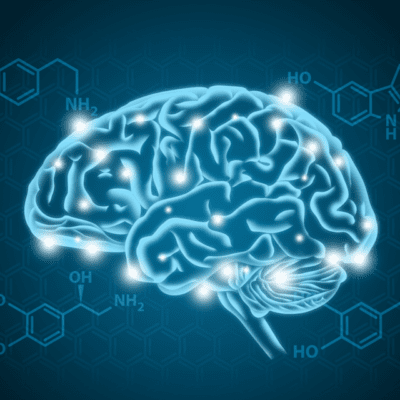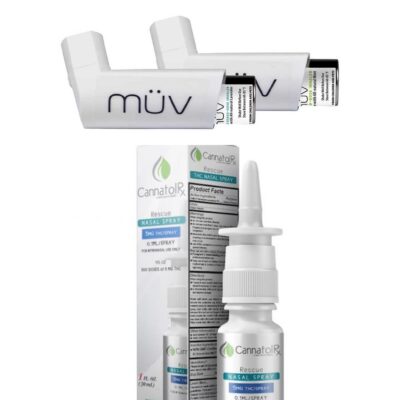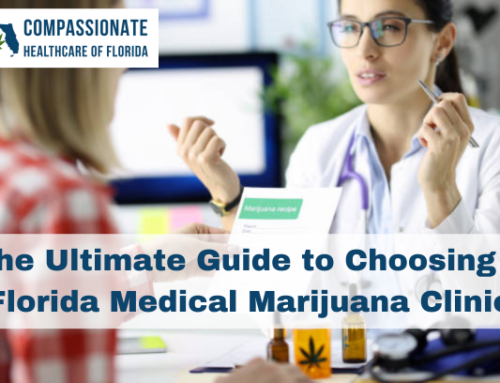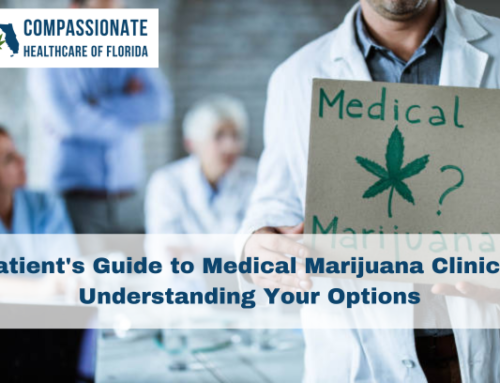
Headaches and migraines are some of the most prevalent threats to public health in the United States.
From an increased risk of heart disease to constant pain, headaches and migraines are serious neurological issues. However, studies point toward medical marijuana as a turning point in the fight against headaches and migraines.
Below, we’ll discuss how medical marijuana can be used against migraines and headaches.
Why Headaches and Migraines are a Public Health Issue
According to self-reported data, nearly 1 in 6 Americans experience chronic headaches and migraines.
Furthermore, women are more at risk for migraines compared to men.
Headaches are extremely burdensome, but migraines are a significant health problem. Overall, migraines may lead to:
- Nausea
- Vomiting
- Insomnia
- Depression
- Irritability
Aside from these immediate risks, chronic headaches and migraines may lead to serious health concerns, such as:
- Heart disease
- Heart attack
- Stroke
Ultimately, recurring headaches and migraines require professional care. From a public health standpoint, migraines lead to an outsized risk, increasing pressure on medical resources.
Specifically, migraines indirectly cost the United States an estimated $19 billion annually. From hospital bills to work-related absenteeism, migraines diminish the United State’s workforce at an extreme rate.
How Medical Marijuana Assists Individuals With Headaches and Migraines
As it stands, current medical treatments poorly manage headaches and migraines.
Additionally, traditional migraine and headache prescriptions are flushed with adverse side effects. Traditional migraine and headache medicine produces their own problems, from dizziness to an upset stomach.
Luckily, medical marijuana for migraines and headaches has been extensively researched. Below, we’ll discuss how medical marijuana assists individuals experiencing chronic headaches and migraines.
Decreased Glutamate Levels
When it comes to persistent headaches and migraines, glutamate levels play a significant role.
Specifically, increased glutamate levels trigger migraines or instances of aura. According to various studies, glutamate levels decrease when individuals consume medical marijuana.
By removing a common trigger, individuals who suffer from repetitive headaches and migraines may benefit from consuming medical marijuana, such as flowers, edibles, and concentrates.
Reduced Neurogenic Inflammation
Medical marijuana is a classic substance to decrease inflammation.
As migraines strike, receptors within the brain surge unopposed. Thus, neurogenic inflammation produces the electric pain sensation that individuals experience while undergoing a migraine.
Medical marijuana stimulates a response and opposes these receptor-based cascades. Ultimately, neurogenic inflammation is reduced, making migraines far less painful.
Serotonin Production
Medical marijuana is known to mimic the 5-HT1A receptors to produce serotonin.
In this case, serotonin reduces neurological pain while reducing stress. Overall, serotonin modulates pain, making bouts with migraine a much less painful experience.
Pain Reduction
One of the most important receptors in the body in regard to pain management is TRPV1.
The TRPV1 receptor is activated by cannabinoids, such as CBD, within medical marijuana. By harnessing medical marijuana rich in CBD, MMJ patients may significantly reduce the pain experienced during the onset of a migraine.
Additionally, TRPV1 receptors may inhibit various receptors associated with headache and migraine-induced pain. Thus, TRPV1 receptors play a crucial role in inhibiting the mechanism for headaches and migraines to occur.
The Best Medical Marijuana Products for Headaches and Migraines
If you’re ready to reduce migraine and headache pain, apply for a medical marijuana card.
Once a medical marijuana doctor has approved you, you’re clear to purchase a wide range of MMJ products. However, some products may work better than others when combating a migraine’s sudden and aggressive effects.
Medical Marijuana Vape Cartridges
When you need instant and potent effects, it’s hard to beat vape cartridges loaded with high-quality medical marijuana concentrate.
Vape cartridges can reach upwards of 90% THC — making them incredibly potent. A single puff from a vape cart can produce much-needed effects in the event of a sudden instance of headache or migraine.
Furthermore, vape carts are portable and easy to use when it matters most.
Medical Marijuana Flowers
If you don’t mind smoking — medical-grade cannabis flowers are the perfect option to stop a migraine in its tracks.
However, medical marijuana flowers are not as convenient as vape cartridges. In the event of a severe migraine, you can’t discretely consume cannabis in a public area.
Ultimately, medical marijuana flowers are effective at quelling pain associated with headaches and migraines.
Medical Marijuana Tinctures
If you prefer not to smoke or vape — MMJ tinctures may be your best option.
Tinctures are consumed sublingually and are incredibly easy to use. However, tinctures may take upwards of 45-minutes to take effect.
Smoking or vaping medical marijuana may be the ideal method if you require rapid effects. Ultimately, consumers must experience various medical marijuana products to find out which works best when experiencing a headache or migraine.
Medical Marijuana Inhalers & Nasal Rescue Spray
Some final methods of delivery – which are relatively new, but particularly well suited to migraine treatment are Inhalers and Nasal Sprays. Both of these methods offer the ability to microdose THC very conveniently.
Cannabis Inhalers come in pure THC or a THC and CBD formulation. They are a great method for rapid dosing as well as for those who are trying to benefit from the bronchodilation affects of THC. The metered doses or inhalations, are very discreet and ultra-convenient for rapid rescue administration of THC.
As the name suggests, nasal rescue sprays are just that, designed to be used for rapid rescue treatment of conditions such as seizures, migraines, and intense pain episodes. The nasal spray is made up of a THC to CBD ratio, often 20:1, and delivers approximately 5mg of THC per metered spray.
When Should You Consume Medical Marijuana During a Migraine or Headache?
If you’re experiencing a migraine or headache — you must act quickly.
Migraines typically intensify over time when left untreated, making them incredibly painful. Headaches may turn into migraines, so it’s crucial to take the necessary steps to stop the pain in its tracks.
Overall, studies show a significant reduction in migraine and headache intensity when marijuana is consumed shortly after the onset. When caught soon enough, the migraine intensity may diminish considerably.
With this in mind, it’s best to use a fast-acting medical marijuana product, such as flowers or vape cartridges.
How to Get a Medical Marijuana Card for Your Migraines or Headaches
If you live in Florida — it’s time to visit Compassionate Healthcare of Florida.
From professional medical marijuana doctors to hundreds of qualifying conditions, you’ll soon find your medical marijuana card approved and ready for dispensaries near you.
If you’re experiencing migraines or headaches, you understand how they can stop your life in its tracks. Don’t wait until it’s too late — apply for a medical marijuana card today with Compassionate Healthcare of Florida.



